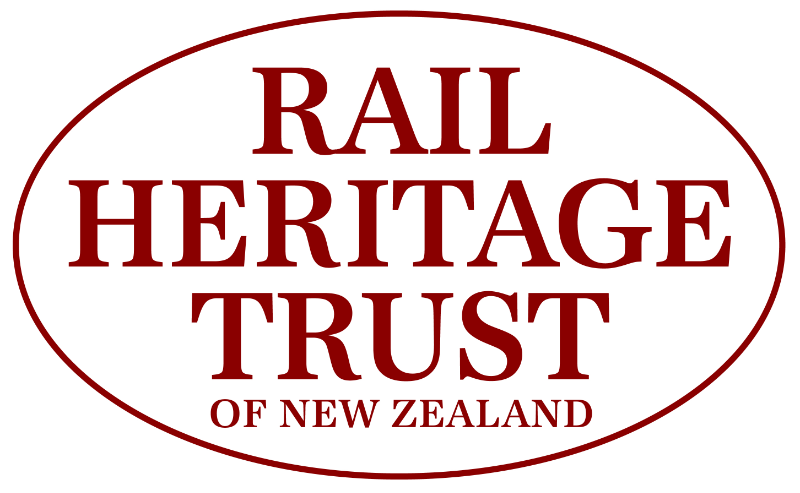Rail Heritage Trust Restoration Award 2025
Waitahuna Railway Station
Tenders to build a 5th Class station at Havelock (Waitahuna) were called in October 1875, the contract being awarded to D. McLeod with a bid of £225 and he completed the job on 23 March 1876 with additions increasing the cost by £17.0.10. The Tokomairiro & Lawrence Railway opened to Waitahuna, 14 miles 78 chains from Clarkesville Junction, ten months later on 22 January 1877 an occasion marked by the arrival of a special train from Milton hauled by a Fairlie locomotive. While the nearby townships continued to be known as Havelock (Waitahuna) for another 40 years, the station was named Waitahuna and its brief tenure as the terminus of the line ended on 2 April 1877 when the railway opened to Lawrence. That town would remain the terminus for the next 33 years.
A Post & Telegraph office opened in the station on 7 August 1877 and by December 1881 the 23 wagon loop had been extended to hold 30 wagons. The facilities at Waitahuna in September 1882 included the 5th class station, passenger platform, cart approach to the platform, 40 foot by 30 foot goods shed, cattle yards, water vat, stationmaster’s house, and urinals. A second loop holding 19 wagons had been added by April 1886 and when Tonkin & Co. applied to place a rabbit receiving shed at Waitahuna in April 1898, a cart weighbridge had also been installed.
In an act attributed to a careless smoker, the station narrowly escaped destruction on the morning of4 December 1909 when the stationmaster arrived to find the platform burning fiercely with flames just reaching the building. The use of a few buckets of water prevented any further damage.
The Post Office moved out in October 1916, but expansion continued with the loops lengthened to hold 42 and 32 wagons by 1925. Waitahuna closed as an officered station on 18 July 1931, a station agent/porter then being placed in charge until 16 December 1958 when it became an unattended station. A part-time caretaker was employed until August 1964 when the local surfaceman took over and Waitahuna remained in regular use until the closure of the Roxburgh Branch Line on 1 June 1968.
Mary Rose who owned a farm several kilometres away leased some Railway land north of the station in 1960. Following the closure of the branch line she was granted a lease for all the land at Waitahuna and together with the buildings, this was later sold by the Lands and Survey Department to Mary’s son, Murray Rose. The station was used as a Scout den from 1976 before it and the good shed began to slowly deteriorate becoming a much–photographed local landmark in the process.
This changed in 2017 when the family led by Murray’s daughter Ailsa Rose and her husband Bob Corona, decided to restore the buildings. By then the station was in poor condition with many piles and lower weatherboards rotted, several large holes in the external walls, and the uneven floor covered in sheep and bird droppings. Soon after making the decision to restore the station a brick chimney at the rear collapsed.
THE RESTORATION
What has been achieved since is astonishing. In part this is because of the state of the station when work began but also – and uniquely for a New Zealand rail heritage restoration project of this scale – it was funded and carried out by one family with the vision to see it through to completion. For this Ailsa Rose and Bob Corona, together with their builder Dave Barkman who lived on site with his wife Robyn for much of the time, are deserving winners of the Restoration Award 2025. The Rail Heritage Trust extends its congratulations to them and everyone else involved in bringing Waitahuna Railway Station back from the brink of destruction.
